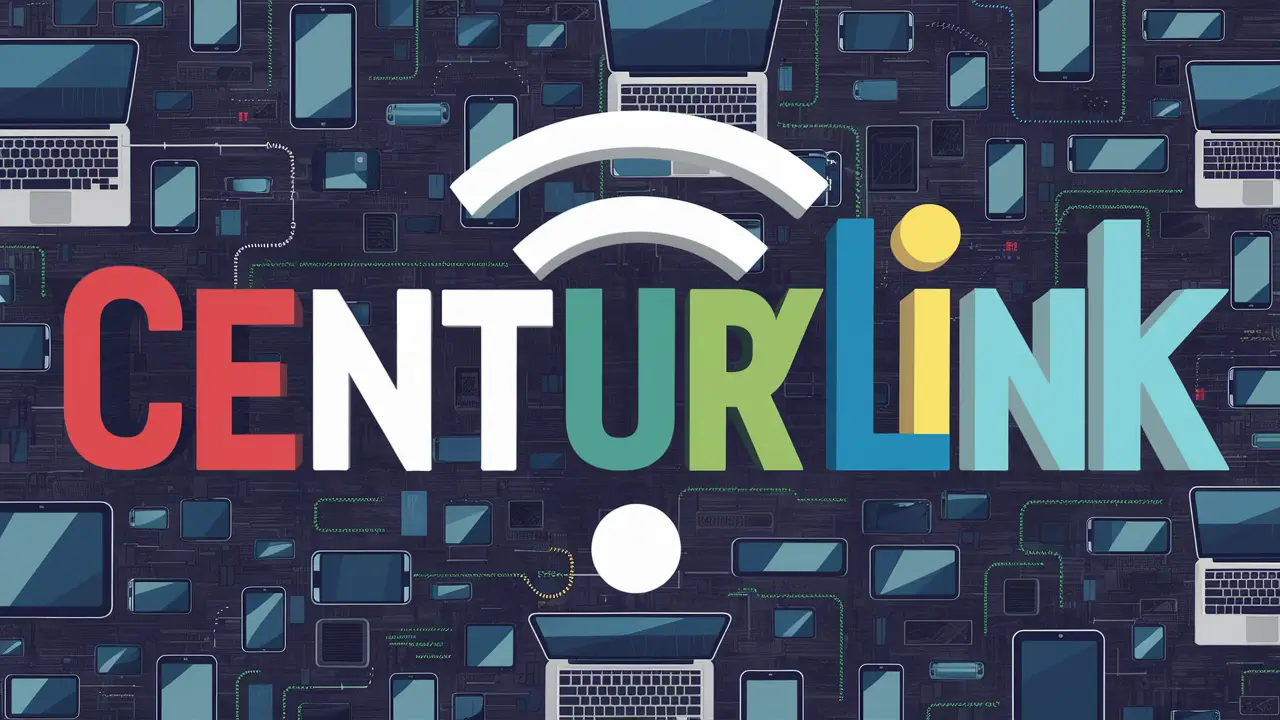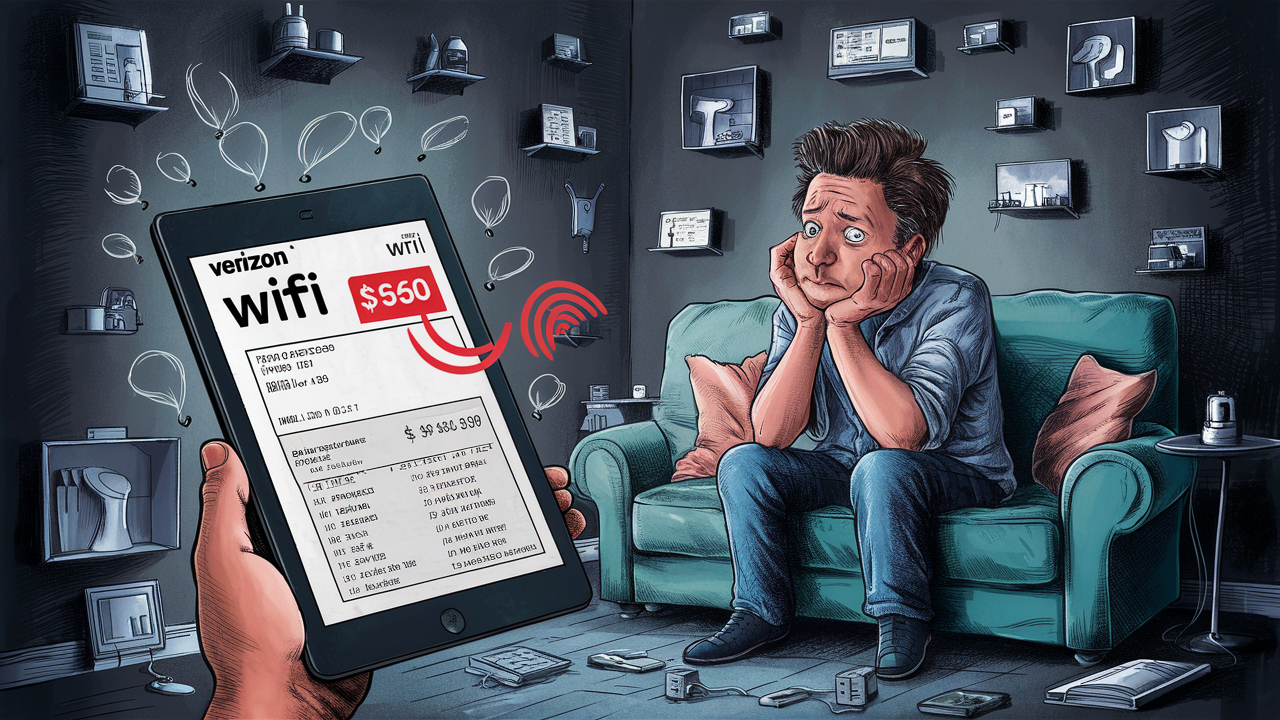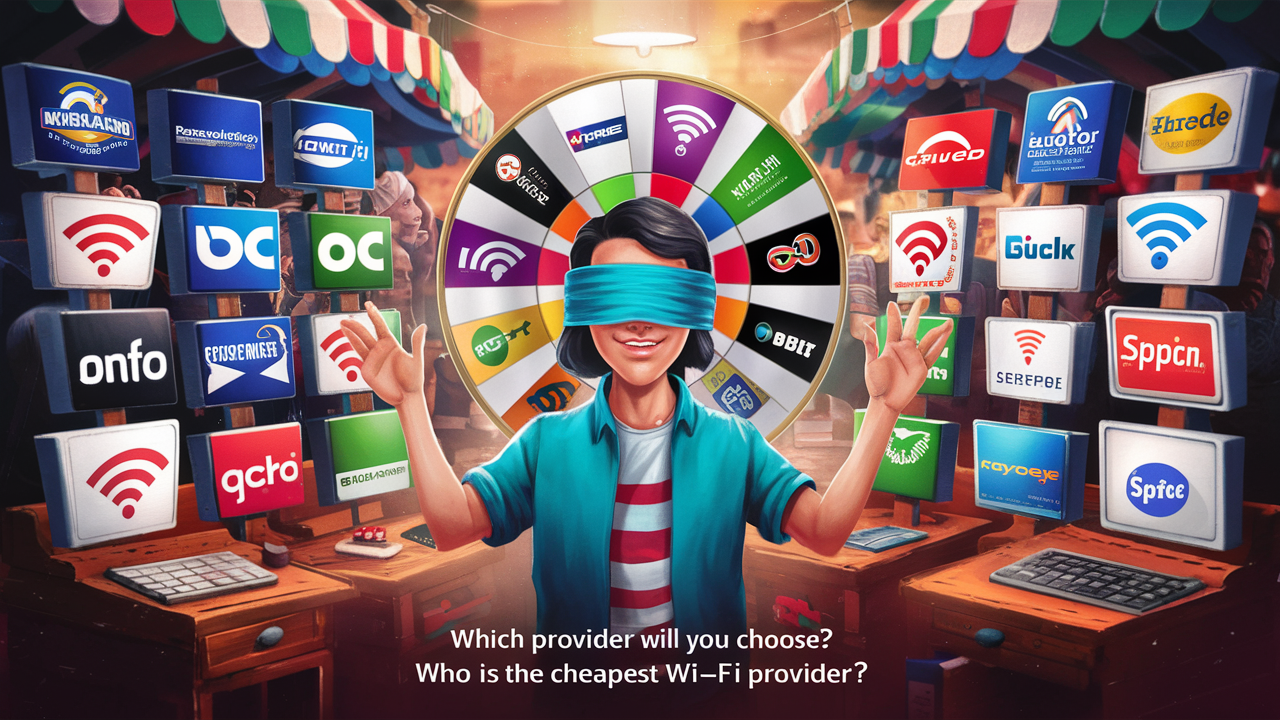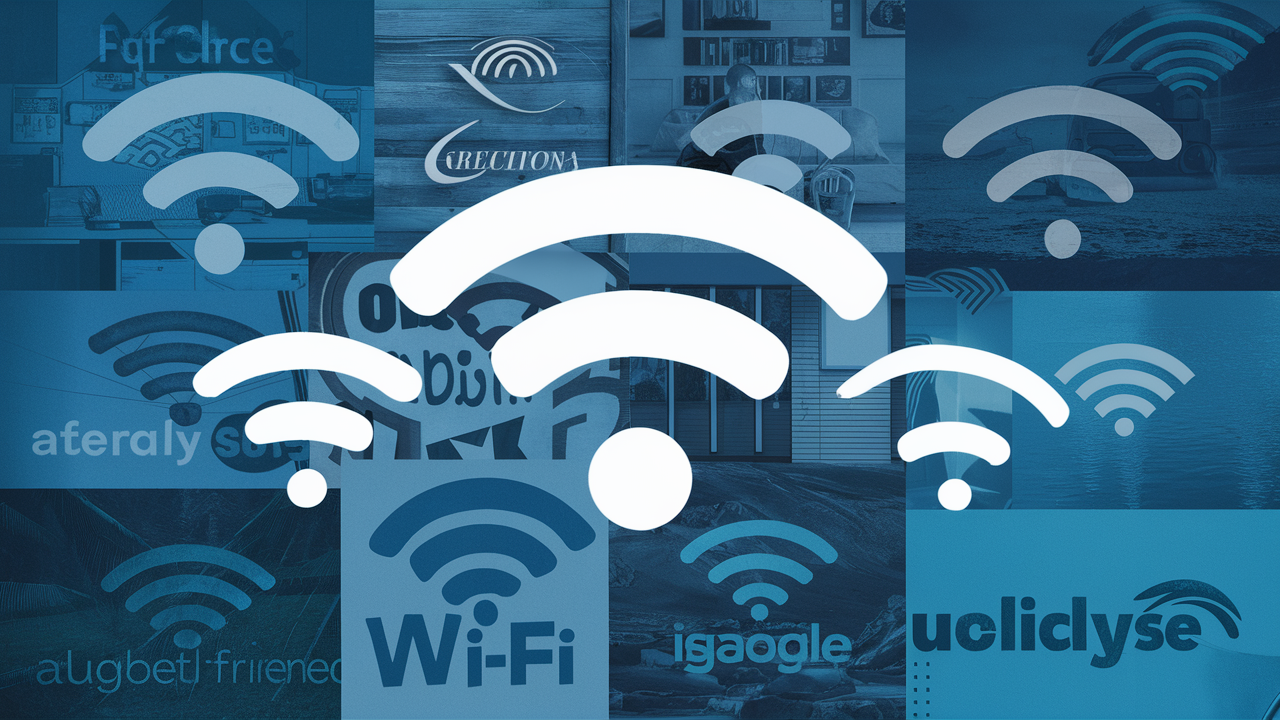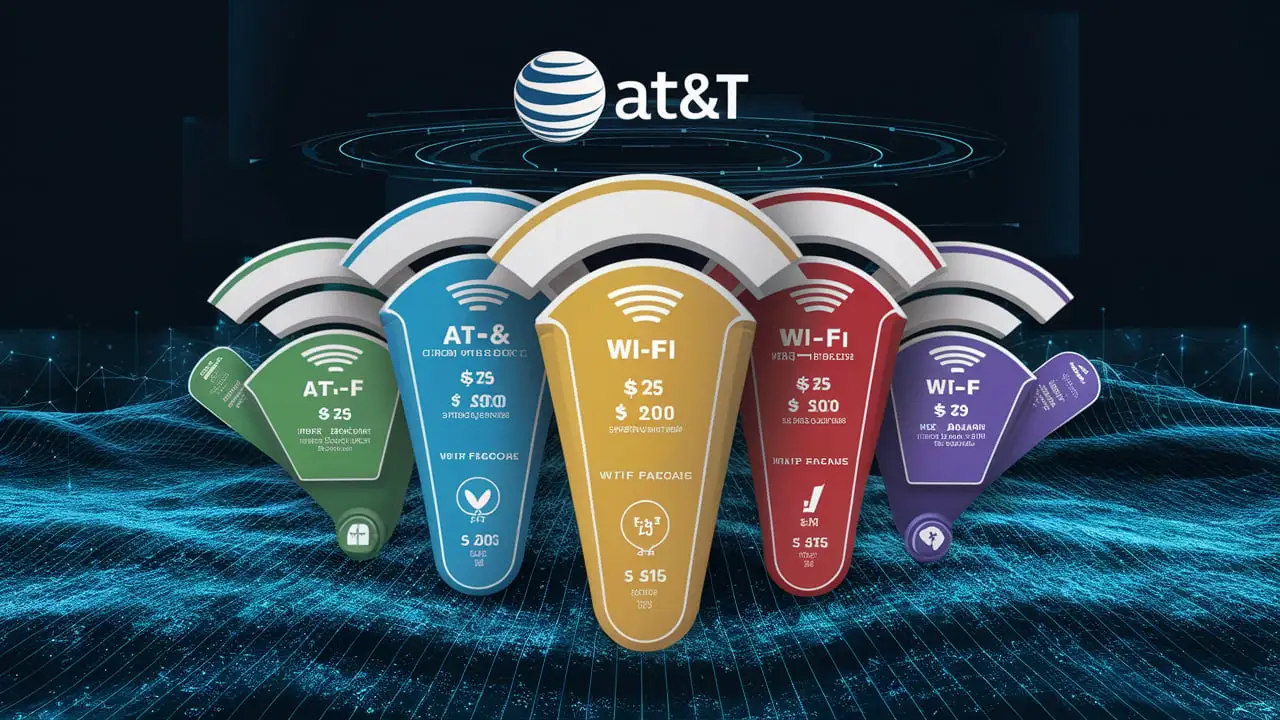Introduction
In today’s digital age, data usage is an essential concern for households and businesses alike. With everything from smartphones to smart refrigerators connected to Wi-Fi, it's easy to lose track of what’s consuming your bandwidth. This article explores the most common data hogs on a typical Wi-Fi network and offers tips on how to manage them effectively.
1. Video Streaming Services
Unsurprisingly, video streaming is the number one consumer of Wi-Fi data. Platforms like Netflix, YouTube, Hulu, and Disney+ use massive amounts of bandwidth, especially when streaming in HD or 4K.
- Standard Definition (SD): ~1GB per hour
- High Definition (HD): ~3GB per hour
- 4K Ultra HD: ~7GB per hour or more
If multiple people in your household are streaming at the same time, your data usage can skyrocket quickly.
2. Online Gaming
While playing online games doesn’t use as much data as video streaming, the story changes when it comes to downloading updates or new games. Games like Call of Duty, Fortnite, and GTA V can require downloads of 50GB or more.
Continuous updates and patches can silently eat into your data, especially if auto-download is enabled on your gaming console or PC.
3. Video Conferencing
With the rise of remote work and virtual learning, platforms like Zoom, Microsoft Teams, and Google Meet are major data consumers. A typical one-hour video call can use between 500MB to 2GB depending on video quality.
- Low Quality: ~500MB/hour
- HD Quality: ~1.5–2GB/hour
If multiple meetings are taking place simultaneously in your home, the bandwidth drain can be significant.
4. Cloud Backups and File Syncing
Services like Google Drive, Dropbox, iCloud, and OneDrive sync files in real-time, often in the background. This constant data transfer can become a heavy burden if large files are involved.
For example, backing up a photo library or syncing work documents between multiple devices can consume several gigabytes of data without much user awareness.
5. Smart Home Devices
Smart home devices such as security cameras, smart TVs, thermostats, and voice assistants (like Alexa or Google Home) also contribute to your data usage. The biggest culprits are:
- Security Cameras: Continuous video streaming or uploading to cloud storage can use up to 60GB per month per camera.
- Smart TVs: Often run background apps, download updates, and stream high-resolution content.
- Voice Assistants: Regular queries use minimal data, but software updates and streaming music can add up.
6. Automatic Software Updates
Many devices automatically download updates for operating systems and applications. Windows, macOS, smartphones, tablets, and even smart TVs can initiate large downloads at unexpected times.
A Windows update, for example, can range from a few hundred megabytes to several gigabytes, particularly for feature updates.
7. Social Media and Web Browsing
While generally not as data-intensive as video streaming, constant use of platforms like Instagram, Facebook, and TikTok can still add up — especially with autoplay videos and stories in high definition.
Additionally, embedded video ads and live streams contribute to data consumption even during seemingly casual browsing.
8. File Downloads and Torrents
Large downloads — such as software, movies, or music — and especially peer-to-peer sharing via torrents are well-known data hogs. Torrenting not only involves downloading but often uploading data simultaneously, doubling your bandwidth usage.
Tips to Monitor and Reduce Data Usage
- Use your router’s traffic monitoring feature to identify which devices use the most data.
- Set streaming quality to SD or HD instead of 4K when possible.
- Schedule automatic updates for off-peak hours or disable them if unnecessary.
- Turn off devices when not in use, especially smart home gadgets with constant connectivity.
- Use data compression tools or VPNs that offer compression features.
- Educate family members about responsible streaming and downloading habits.
Conclusion
Knowing what consumes the most data on your Wi-Fi is the first step toward optimizing your internet experience and avoiding overage charges or slowdowns. From video streaming to cloud backups, each activity contributes differently. By monitoring your network usage and applying simple adjustments, you can ensure that your internet bandwidth is used more efficiently and effectively.


